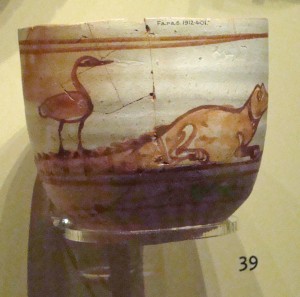From A Journey Through the Ruins: The Last Days of London, by Patrick Wright, a slightly curious mixture of architectural/heritage comment and development politics of the 1980s in the capital (first published in 1991). A few snippets of interest…
“Hackney’s experiment with high-rise flats was accompanied by the usual allegations of corruption and graft, but whatever may have been going on locally, there can be no doubt at all that large dividends were being reaped elsewhere. Patrick Dunleavy investigated the links between national politicians, civil servants and the large construction companies that thrived on the public housing programmes during the years of Conservative government, and his findings certainly add up to an interesting picture of corporate and personal involvement. A significant number of of MPs had connections with the construction industry but so too did two ministers in the Cabinet responsible for the high flat subsidy*: Keith Joseph was heir to the Bovis fortune and Geoffrey Rippon was a director of Cubbitts. Among the construction companies both McAlpine and Taylor Woodrow were major contributors to the Conservative Party and also such right-wing pressure groups such as the Freedom Association. Dame Evelyn Sharp as Permanent Secretary at the Ministry of Housing and Local Government during the crucial years, 1954-64; she was also a friend of the construction boss, Neil Wates, and, after her retirement from the civil service, the holder of a directorship at Bovis. Kenneth Wood, Chariman of Concrete Ltd, as among the ‘advisers’ employed by the Ministry of Housing and Local Government from the construction industry; even as late as 1974, a Bovis executive was appointed to ‘mastermind a more vigorous public housing drive’.
Architects are still inclined to blame the worst excesses of the Sixties on every aspect of this planning framework, except their own professional culture. But there can be no doubt that a self-referring professional world built up; one in which consultation with the ‘client’ meant nothing more than discussion with borough architects, planners and other such experts who shared a professional outlook based on what Martin Pawley described as a ‘curious amalgam of ‘modern’ thought and scientific mumbo jumbo’.” (p. 92)
* High-rise flats were always an expensive form of housing… High-rise flats grew out of central-government subsidies. There were ‘expensive site’ subsidies in the Thirties, and in 1946 Attlee’s Labour government had added a ne increment per flat for blocks of at least four storeys high with lifts. But … it was the Macmillan government that triggered the high-rise boom in 1956, when it introduced a progressive storey-height subsidy that gave large increments for four-, five- and six-storey flats and a fixed increment for every additional storey over that.” (p. 91)
read more




 About
About